A unique characteristic of Aboriginal body art is its longevity. Some factors directly influence the duration of aboriginal body art, the type of design, and the location of the body where it is placed.
Aboriginal body art can last from a few hours to several weeks, depending on different factors. Traditionally, the paint was made using natural materials such as clay, charcoal, and blood. These materials, when used, tended not to last long and would require frequent reapplication.
This blog post will explore how long aboriginal body art lasts, Tips for extending It, and the materials used.
How Long Does Aboriginal Body Art Last: 7 Factors

The time of this type of body art varies from person to person, depending on various factors. Here are some key considerations that play a pivotal role:
Type of Paint: The paint used for the body art determines how long it will last. Aboriginal communities traditionally used natural pigments such as ochre and clay, which are long-lasting and fade gradually. Modern paints like acrylics or oil-based paints last longer but may not be as culturally significant.
Skin Type: Aboriginal body art's longevity depends on the person's skin type. People with oily skin may find the paint fades faster than those with dry skin.
Location of the Body Art: The placement of the body art also determines its longevity. Body art on areas that experience frequent friction will wear off faster than those on less active regions.
Application of Body Art: The skill and technique of the person applying the body art will also affect its longevity. If done correctly, the application can last for several weeks.
Depth of Ink: The depth of ink used to create Aboriginal body art will also determine its longevity. The deeper the ink, the longer the art will last. This does not mean that deeper tattoos will remain visible forever.
Exposure to Water: Exposure to water can cause the body's art to fade quickly. Showering or swimming in chlorinated pools can cause the tattoo to lose its vibrancy. Therefore, it is essential to minimize exposure to water.
Age of the Tattoo: The age of the tattoo also affects how long it lasts. Over time, the tattoo will fade naturally or become blurred because of the skin's continuous renewal process.
Aboriginal Body Art Lasts: 7 Tips for Extending It
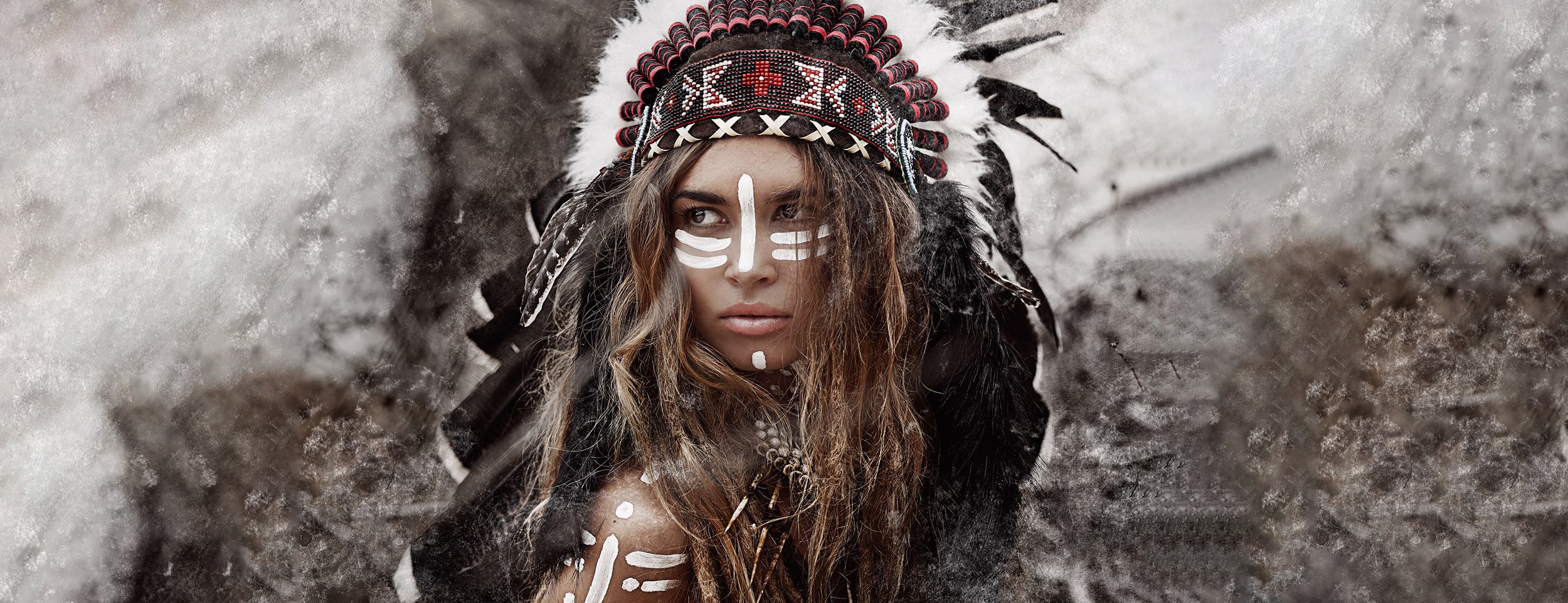
Aboriginal body art has been around for thousands of years in Australia. Natural materials such as ochre, charcoal, and bird feathers are used to paint intricate designs on the skin. There has been a growing interest among art lovers in recent years in extending the life of aboriginal body art.
Adequate Preparation: Before applying the paint, it is essential to ensure the skin is clean and dry. This will help ensure the paint adheres well to the skin and lasts longer. It is necessary to avoid using any lotions or oils on the skin before applying body paint.
Use High-Quality, Natural Materials: The body paint materials should be high quality to ensure the color lasts longer. Raw pigments like ochre, charcoal, and clay are preferred, as they are gentle on the skin and do not cause any irritation.
Apply in Layers: To make the body art last longer, applying the paint in layers is recommended. Paint will adhere to the skin better and last longer if this is done. Thicker layers of color last longer than thinner ones.
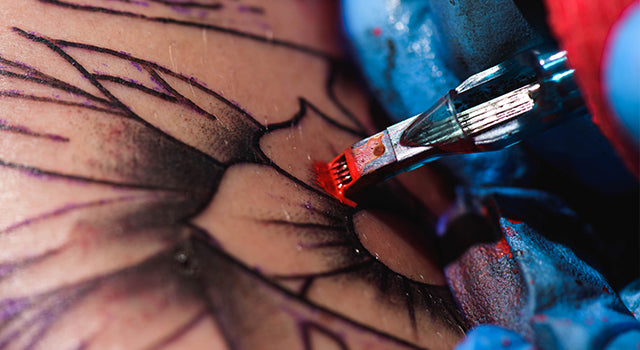
Avoid Water and Excessive Sweating: Water and excessive sweating can cause the body paint to fade quickly. To keep the body art looking good, avoiding swimming or showering while wearing the body paint is essential. Activities that cause excessive sweating should be avoided.
Seal the Body Paint: It is recommended to seal the body paint with a sealant spray to make it last longer. The sealant spray helps to protect the body color from water and other elements, ensuring it lasts longer.
Choose the Right Location: The location where the body art is done can affect its longevity. Areas with more muscle and less exposure to friction, such as the shoulders, upper back, and thighs, last longer than areas such as wrists, ankles, and fingers.
Prepare the Skin: Before the body art is done, it is crucial to prepare the skin adequately. This involves cleaning and exfoliating the skin to remove dead skin cells and oils that may prevent the ink from penetrating the skin and making it last longer.
Conclusion
Traditionally, Aboriginal art has been celebrated in Australia's cultural heritage, carrying a rich history of storytelling, identity, and spirituality. The art form is integral to their culture, and the designs hold deep-rooted cultural significance.
While the body art designs vary in complexity and duration, they all share a common characteristic of being temporary. The time of the paint depends on various factors, including environmental conditions and materials used in the color.
The unique designs in Aboriginal body art are a testament to the valuable knowledge, wisdom, and creative expression passed down through generations. So whenever you see an Aboriginal body art design, appreciate it for the history and skill behind it and know that it is only temporary.

![The Duration of Aboriginal Body Art [Factors Affecting It]](http://drnumb.com/cdn/shop/articles/How_Long_Does_Aboriginal_Body_Art_Last__7_Factors_Affect.jpg?v=1702613826&width=1100)


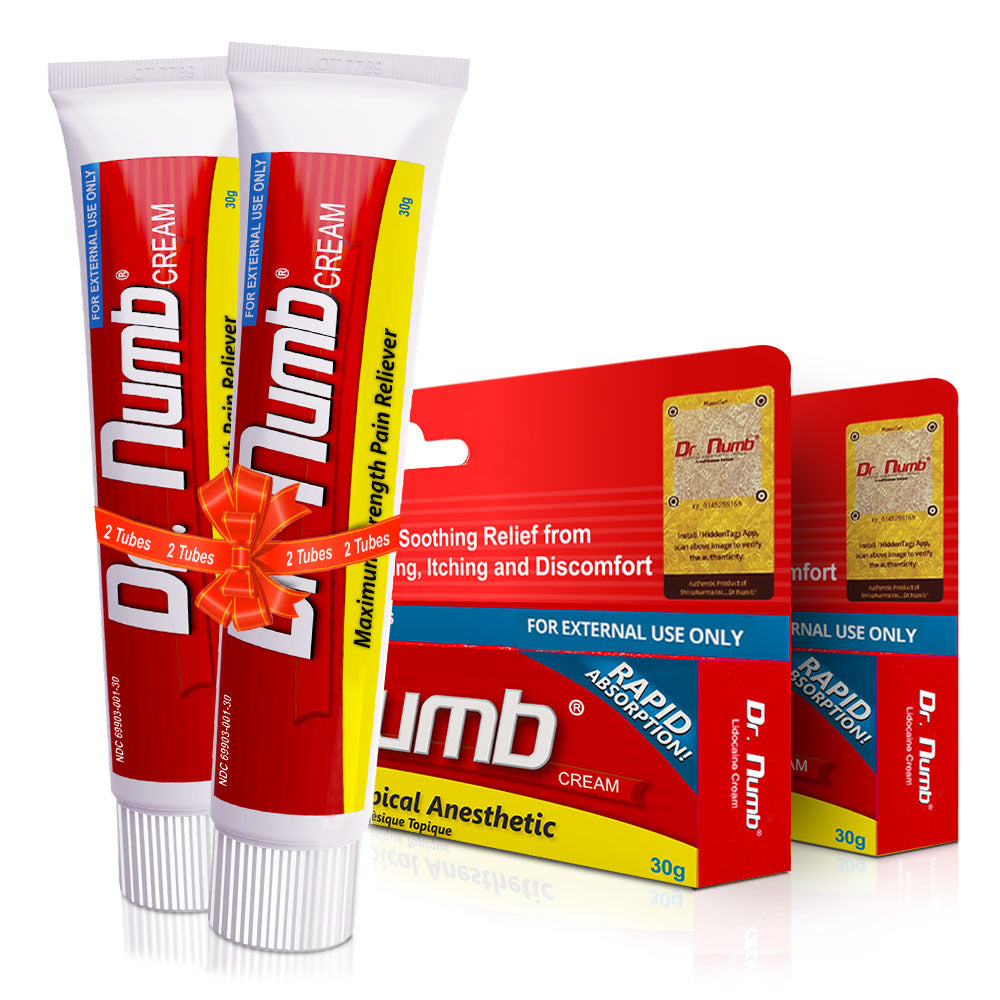

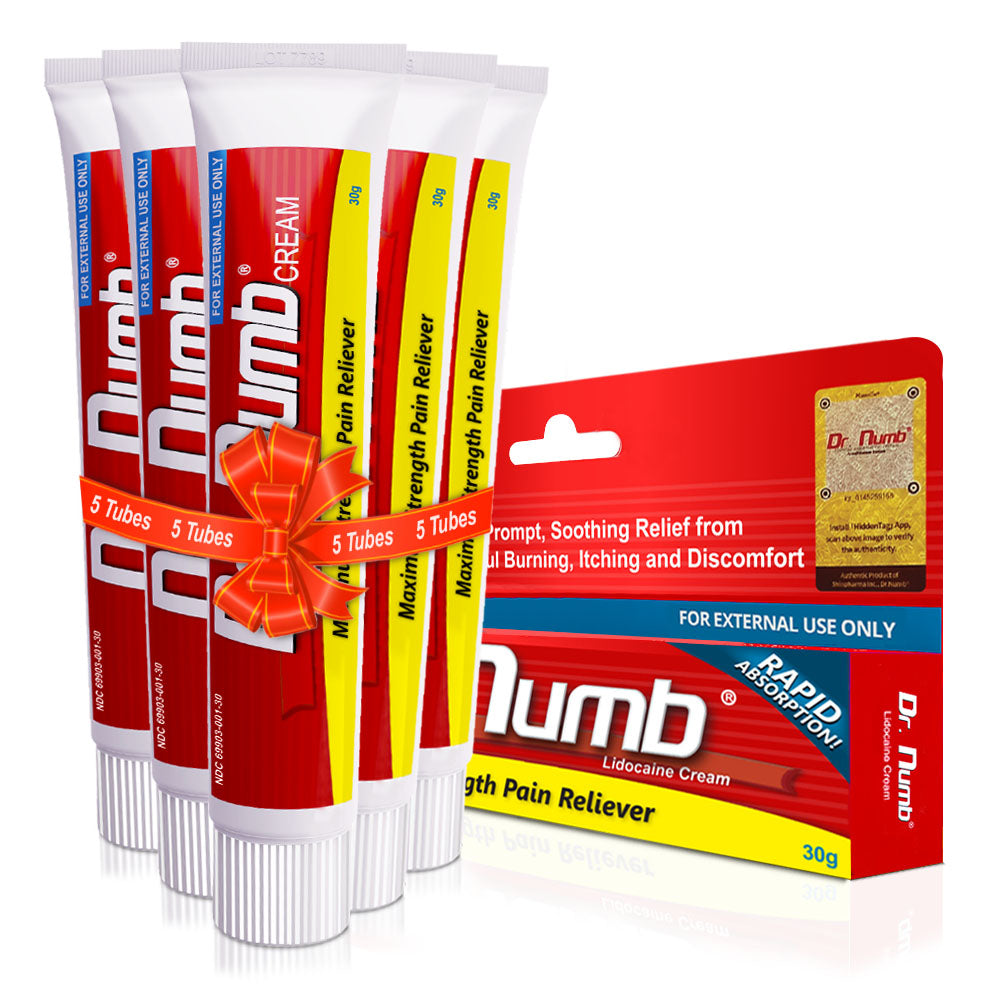
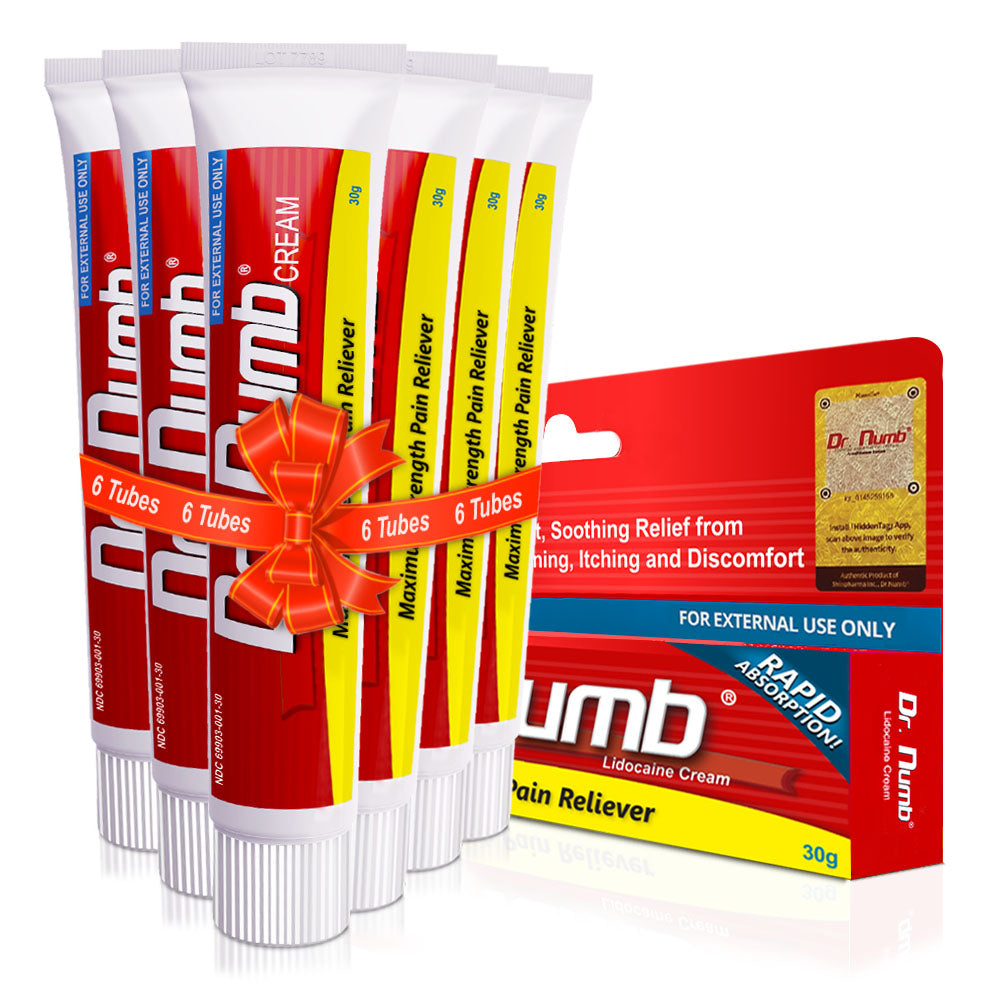
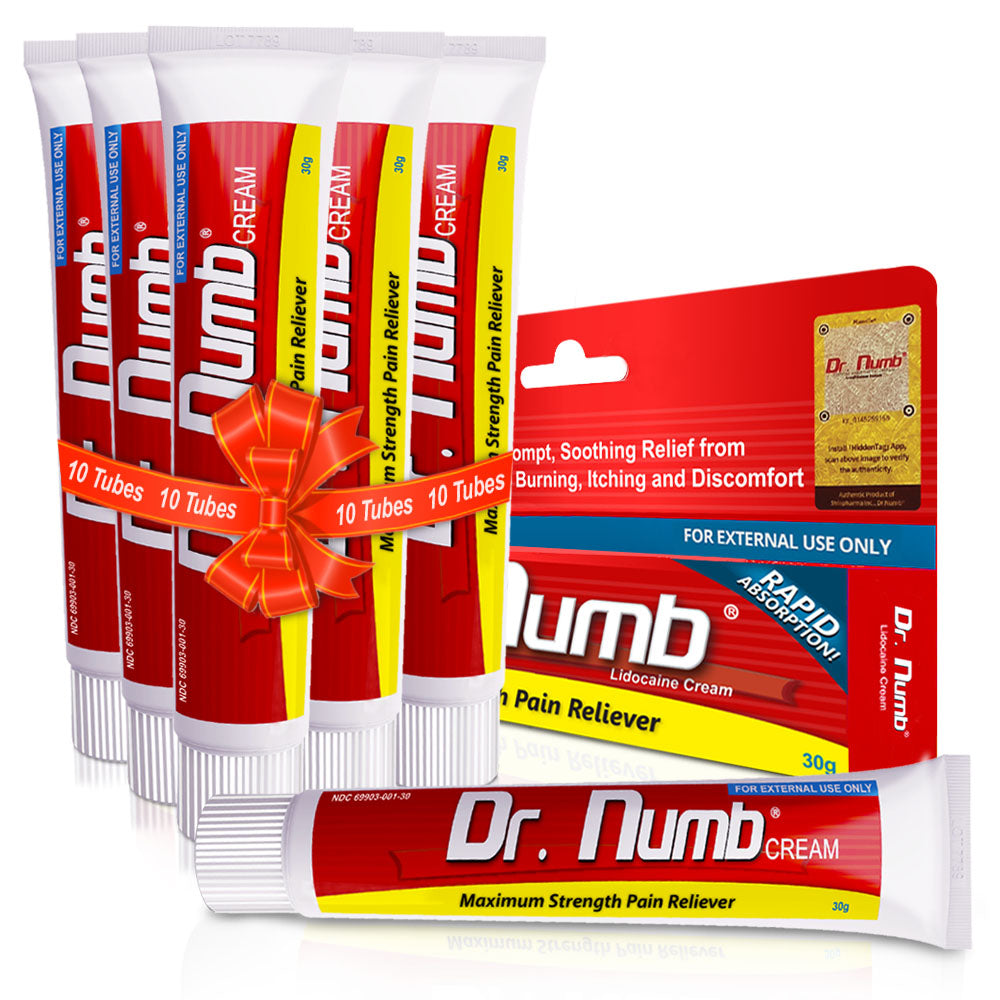
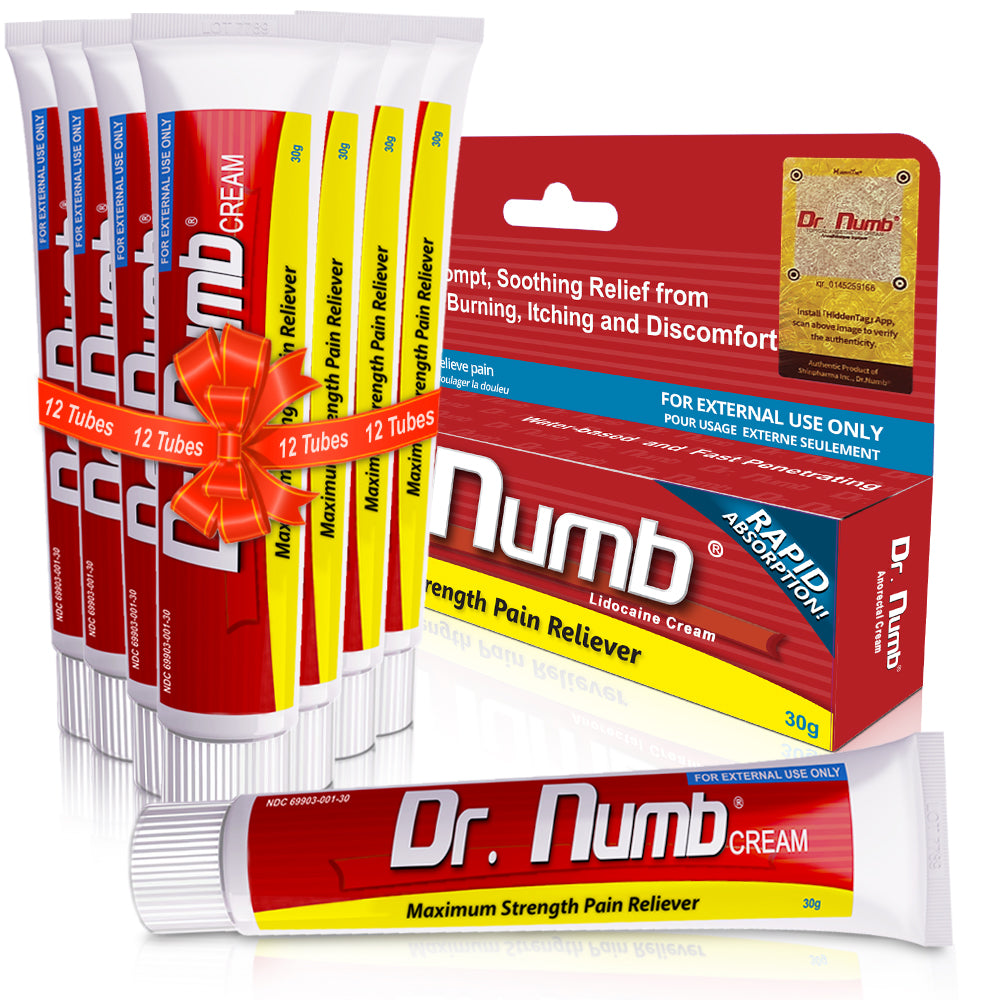








![Antibiotics and Tattoos: 3 Risks and 3 Effects [with 4 Precautions]](http://drnumb.com/cdn/shop/articles/Can_You_Get_Tattooed_On_Antibiotics__3_Risks_and_3_Effects_4_Precautions.jpg?v=1714128292)

